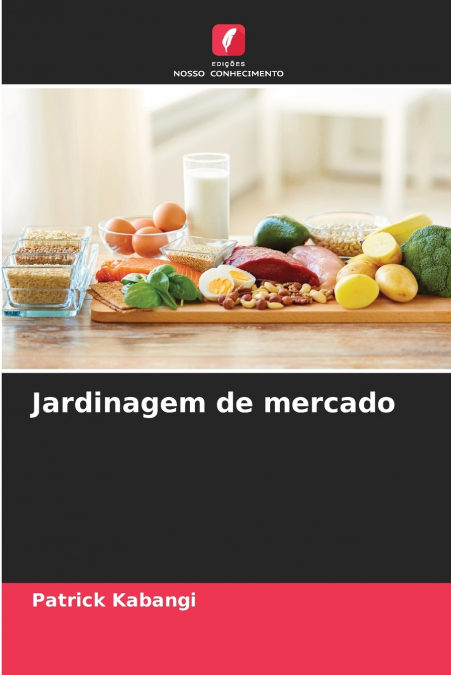
Patrick Kabangi
Nesta parte do curso, vamos analisar as culturas utilizadas pelo homem para a alimentação, como vegetais de folha, frutos, raízes ou bolbos. Também veremos alguns vegetais que ainda não foram cultivados, mas que são consumidos como produtos forrageiros. Estes legumes merecem ser estudados a fim de os levar do seu estado espontâneo ou subespontâneo ao estado de cultura domesticada. A horticultura comercial é, portanto, um ramo da produção agrícola que inclui as actividades técnicas, económicas e alimentares ligadas à obtenção de produtos hortícolas alimentares. Referimo-nos aos principais grupos de produtos hortícolas, classificados de acordo com a parte comestível da planta: produtos hortícolas de folha, produtos hortícolas de fruto, produtos hortícolas de raiz, produtos hortícolas de bolbo e produtos hortícolas de tubérculo. Os aspectos gerais relacionados com o trabalho do solo, a produção, as técnicas culturais, a fertilização e a luta contra as pragas já foram abordados na primeira parte do curso e não voltaremos a eles, exceto em casos específicos.